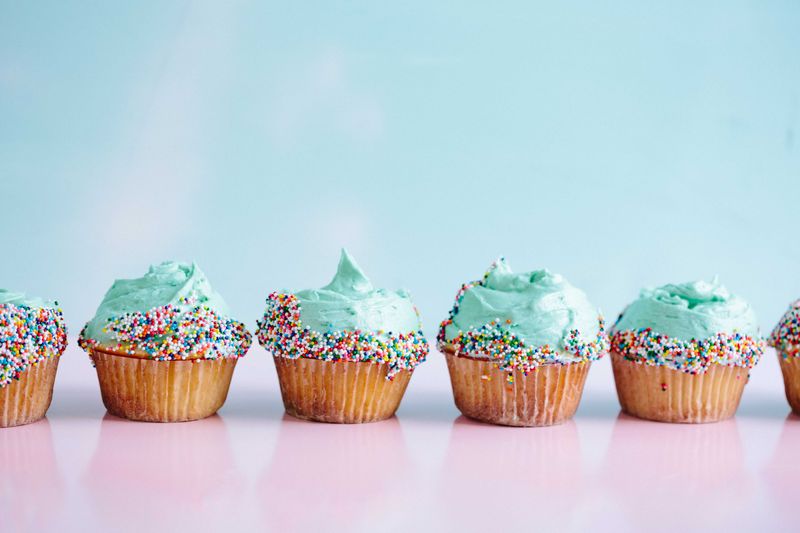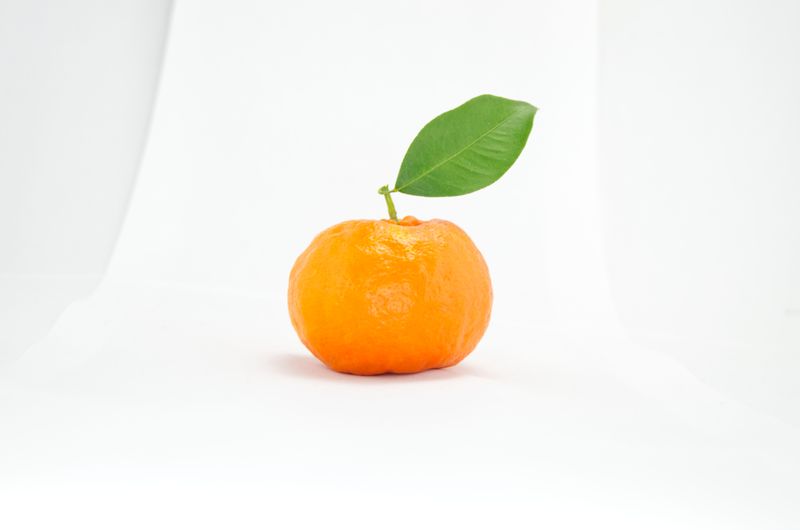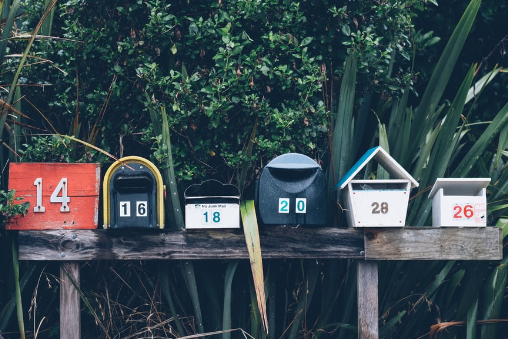Data is everywhere in our world.
We use data to make decisions like:
Should I bring an umbrella today?
Will I need extra help to pass my math class?
Can I bake my grandmother's favourite cake?
Think of data as different puzzle pieces. In order to see what picture the puzzle makes, we need to sort the pieces and see what fits together. This is how we get information.

What is data? What is information?
If you collect music, you may use different facts about each song or album to understand your collection. You might think of facts like:
Song name - for example, "The Magic Spoon"
Musician or artist name - "Al Bum"
How long the song is - "3 minutes"
The year the song was recorded - "1999"
These facts are pieces of data. They are useful to us because we know that they relate to music.
However, if we do not know that "Al Bum" is the name of a musician, or that "3 minutes" refers to the length of a song, the data might seem random.
Organizing and labelling each piece of data helps it make sense.
Putting all the different pieces of data together gives us information.

Gathering Data
Having data is like having a bunch of different ingredients in your kitchen.
The ingredients may be enough to make a cake, but without a recipe, we won't know how to put the ingredients together to make a cake.

Gathering datais an important step towards having information.
Let's say you want information about a certain type of cake. You could ask the chef, "What is inside this cake? How did you make it?" You could also taste or look at the cake to make observations and identify some of its ingredients.
We can't get information without gathering data.
To collect data, you can:
Ask questions
Make observations
Conduct research
Quiz
Which of these would NOT be a good way to collect data on available housing in your area?
Organizing Data
When you gather a lot of data, it can be messy and hard to search through.
Organizing the data makes it easier to search and understand.
Categories are important to organizing data. Data can be confusing without categories!
If we ask Susan to tell us what she likes in a cake, and Susan answers "orange", we won't know if she means the fruit or the color!


When we organize data, we relate the pieces together.
Consider for example, if Susan said she likes orange, chocolate, and cinnamon. Since these are in the category of things you can eat, we can guess that Susan is referring to the fruit, not the color, when she says "orange".
Once you have your data organized, ask yourself, "What is this data telling me?" You can then begin to understand the information coming from the data.
Take Action
Our world is full of data. Data and information help us learn about our world.
We can analyze data by discovering relationships between different kinds of data to gain useful information.
For example, if we know the following pieces of information:
Rain causes people to buy more umbrellas
Paul lives at 42 Main Street
We can use this information to improve the ways we do things, such as:
Have more umbrellas for sale when we think it will rain
Deliver Paul's mail to the correct address


Your feedback matters to us.
This Byte helped me better understand the topic.
